If you’re looking to:
- – Accelerate learning
- – Raise student achievement
- – Increase attendance
- – Reduce behavior problems
- – Increase executive function
you need to think of one word, the key to it all: engagement! Think about any child or adult you know, or yourself! When we are engaged in an activity that draws us in, we lose all track of time; we are glued to the activity; we question; we search; we learn. It’s what Mihaly Csikszentmihalyi refers to in his classic book as “flow.” If students are in flow, they can learn anything!
Enter PBL! Give students an open-ended, real-world problem (problem-based) to solve or challenge to tackle (project-based), and let the learning begin. Students who are engaged will want to develop a solution and thus have a “felt need” to learn the content. To me, it’s the only way to teach! But it is much more complex than just giving students PBL challenges and sitting back and watching; it’s your chance to truly teach! Whichever “P” of PBL you choose (problem-, project-, place-, phenomena-, profession-, or pursuit-based learning), consider the six phases of PBL design and implementation.
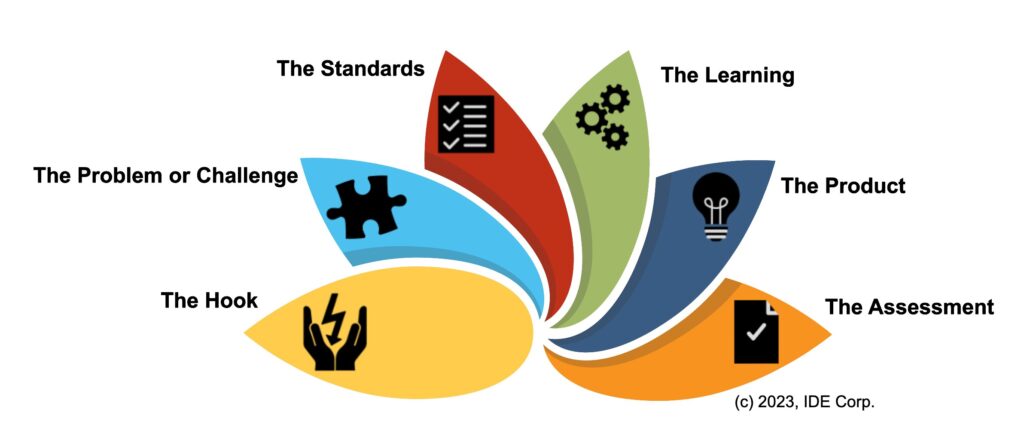
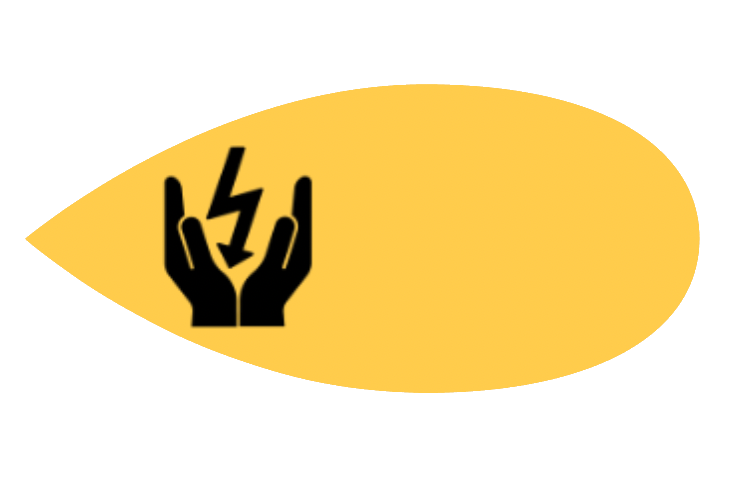
The Hook — Grab the students’ attention with facts, statistics, images, and/or video that will elicit a “Wow!” or “What?!?!?” response so that students feel like they want to solve the problem or tackle the challenge. (Read a few task statements: Author’s Choice, Designer Pizza, Gardens of the Future, Hydroelectric Power).
The Problem or Challenge — Make it open-ended so there is no one right answer; that way, students are more motivated to create a solution. Make sure there is a “product” at the end; this could be an infographic, letter, work of art, prototype, video, or anything else that could be shared with another to present the solution. Make it for a real-world audience; though students may not always share their solutions with someone outside the school or family, the product should be designed with that intent in mind. Hey, if students think their solution is good enough, you might follow up and do just that.
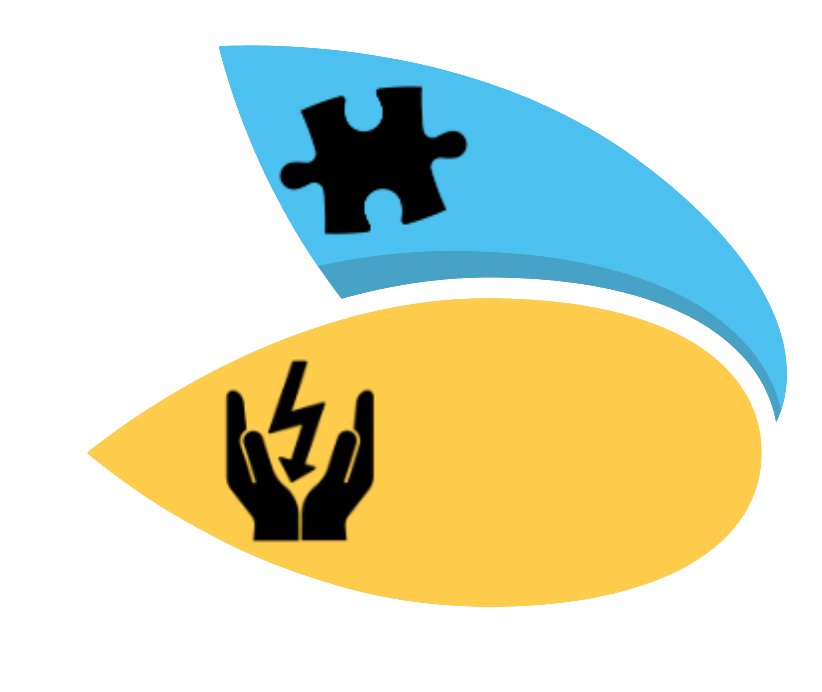
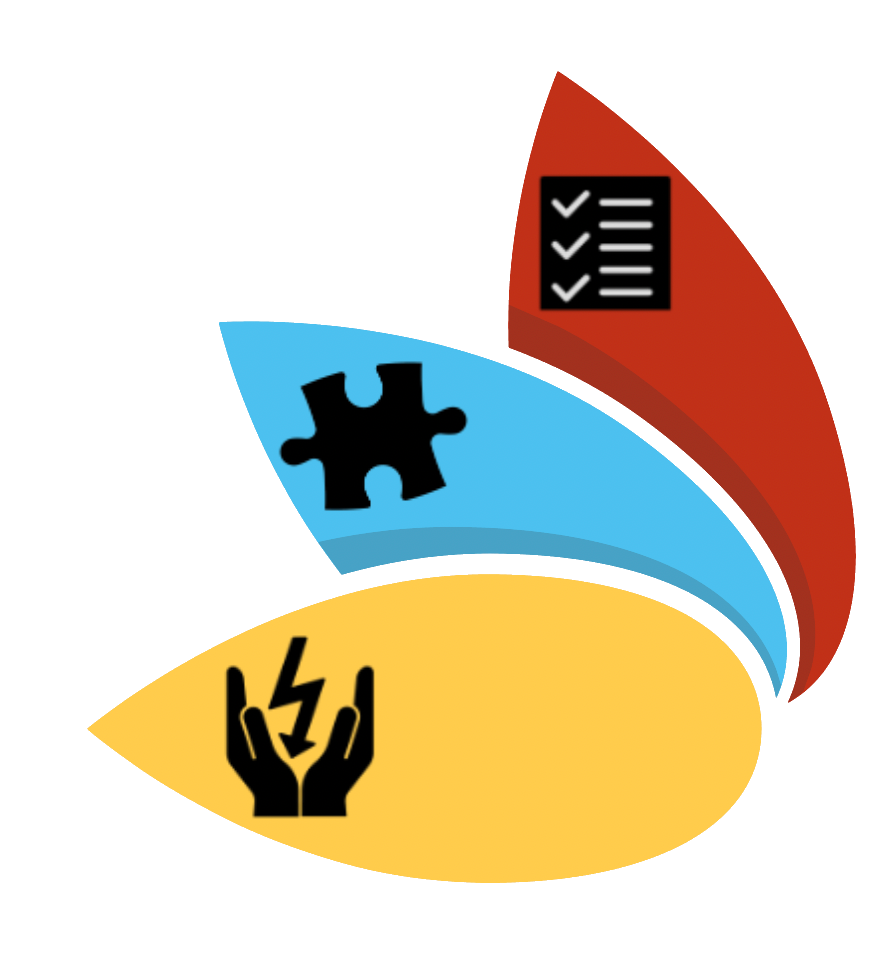
The Standards — Let’s face it: Schools do need to address curricular and state standards! But these standards are often easily built into a strong problem or challenge. While you will want to take into account your standards when designing the problem or challenge, often, if you just think about what’s going on in the world at the moment and what interests your students, you’ll find a way to incorporate a lot of standards into a related problem or challenge.
The Learning — Okay, so now you have a compelling problem grounded in standards, and you’ve hooked your students. This will create a “felt need” in your students for your content. They’ll be asking you to teach certain content! This is your opportunity to reach each learner. By creating differentiated activity lists with a variety of ways through which students can learn the content they now need, you can incorporate varied levels, different modalities, ELL supports, and more, giving students choice in their own learning. Now, in addition to engagement, you have empowerment. And sure, some of those activities will be small-group lessons that you offer. As students are engaged in instructional activities, you, as the teacher, can facilitate that learning through formative assessments and various actions. Consider our tools of the content facilitation grid (for data-driven instruction), content facilitation questions (to drive student thinking to higher levels), and the facilitation roadmap (taking action based on a student’s mindset).
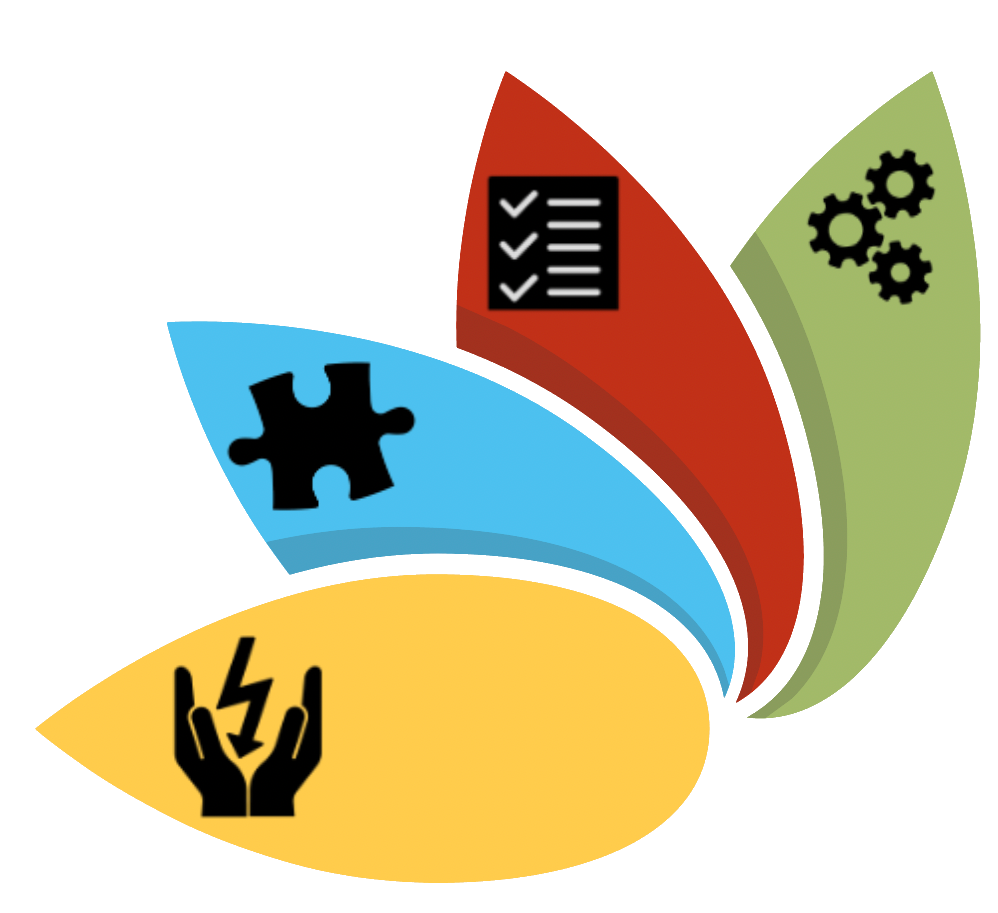
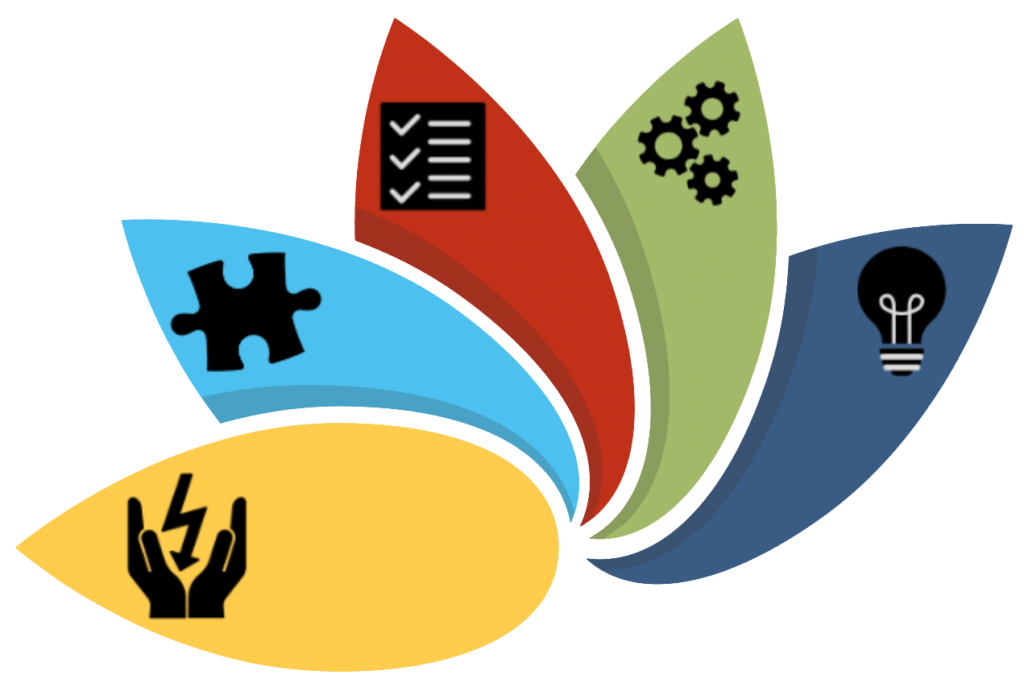
The Product — What will students produce? As mentioned above, it’s important for students to have a way to present their solutions. A rubric can guide your expectations of what the student will produce, which also builds engagement and empowerment. It should reflect the content standards you’re addressing. Taking on a challenge, seeing it through, and developing a solution creates efficacious students — those who have the confidence, resourcefulness, and resilience to tackle anything! And shouldn’t efficacy be the goal of all schools?
The Assessment — Even though the student is developing a solution and related product, think about what it would mean to grade that. You are monitoring student progress, offering feedback and suggestions, and providing learning activities and direct instruction. Essentially, your job as the teacher is to ensure that the student achieves at the highest level — you’re using the PBL as a teaching tool. So, grading the students’ products is like grading yourself! If you’re a great facilitative teacher, everyone would receive a B or A! Instead, you need a “transfer task” to assess a student’s ability to transfer the knowledge they learned to a different situation. In this case, it’s an open-ended or closed-ended question that students can address in one class period in a testing situation.
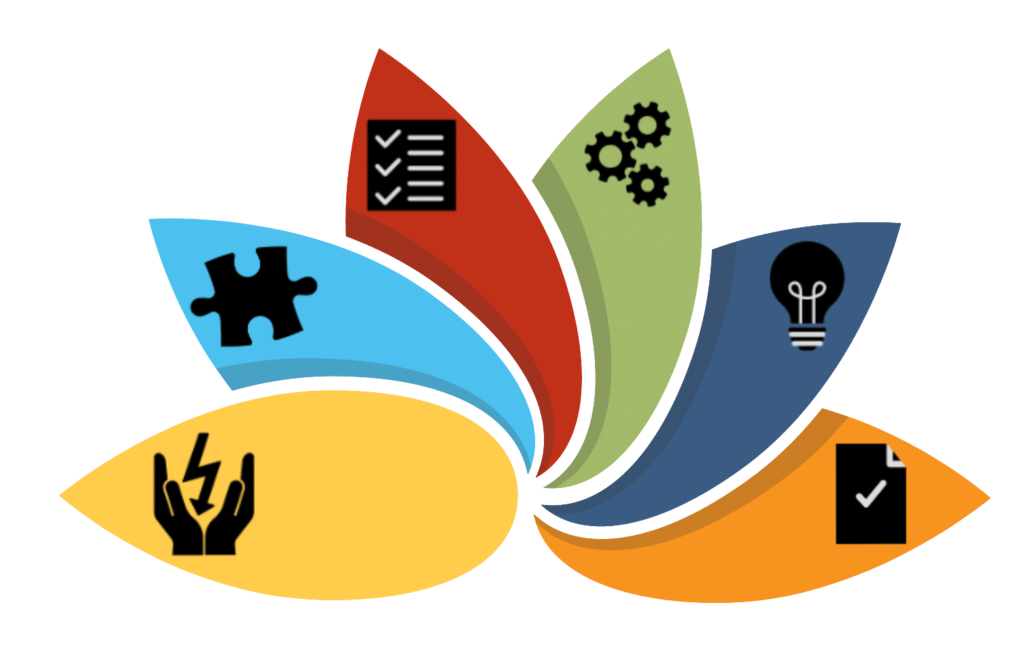
Use these six phases when you develop your PBL unit and to reflect on the student experience throughout. Let’s change the world by engaging and empowering students toward efficacy using PBL!
IDE Corp. and its sister company EdQuiddity Inc offer a variety of professional learning options for PBL:
- – Our online, on-demand Professional Learning Experience on the 6 Ps of PBL is a school-wide resource for creating a culture of professional learning.
- – We offer online, facilitated courses on PBL design and PBL implementation through our Virtual Learning Communities (VLCs).
- – MyQPortal is our online resource with hundreds of PBL units you can use as is, edit, or simply use as idea-starters.
- – We offer on-site or remote professional learning experiences with our team of instructional strategies specialists, including ways to use ChatGPT to design PBL tasks and rubrics!
For more information, contact us at solutions@idecorp.com or 833-GO-LATIC.
